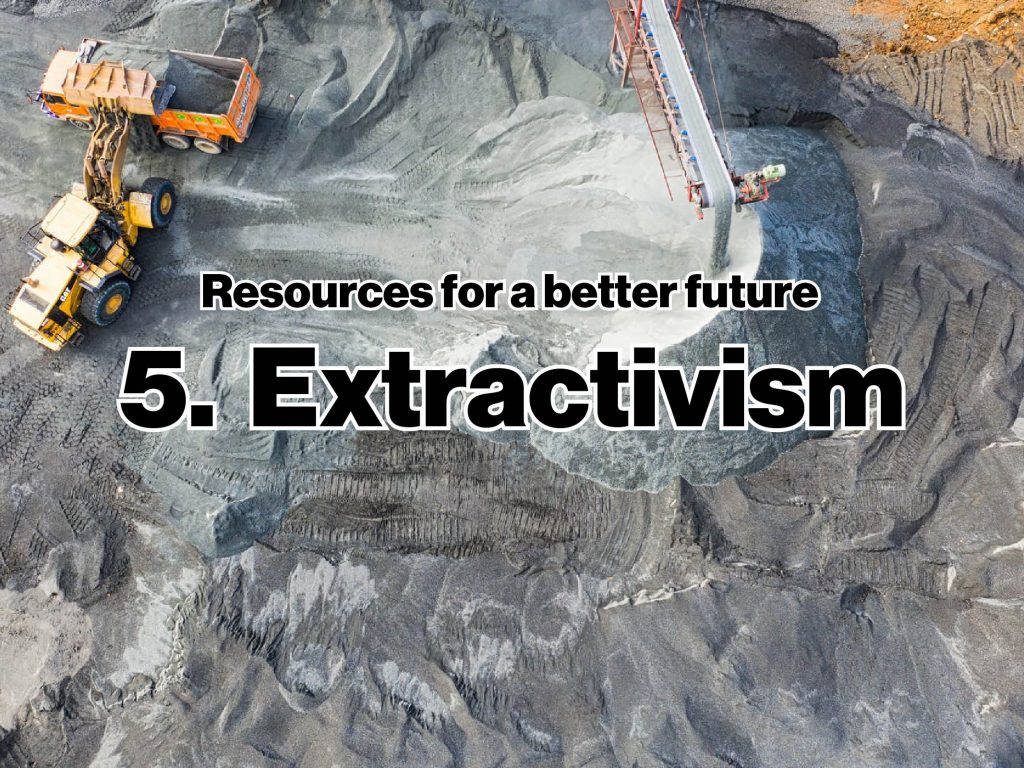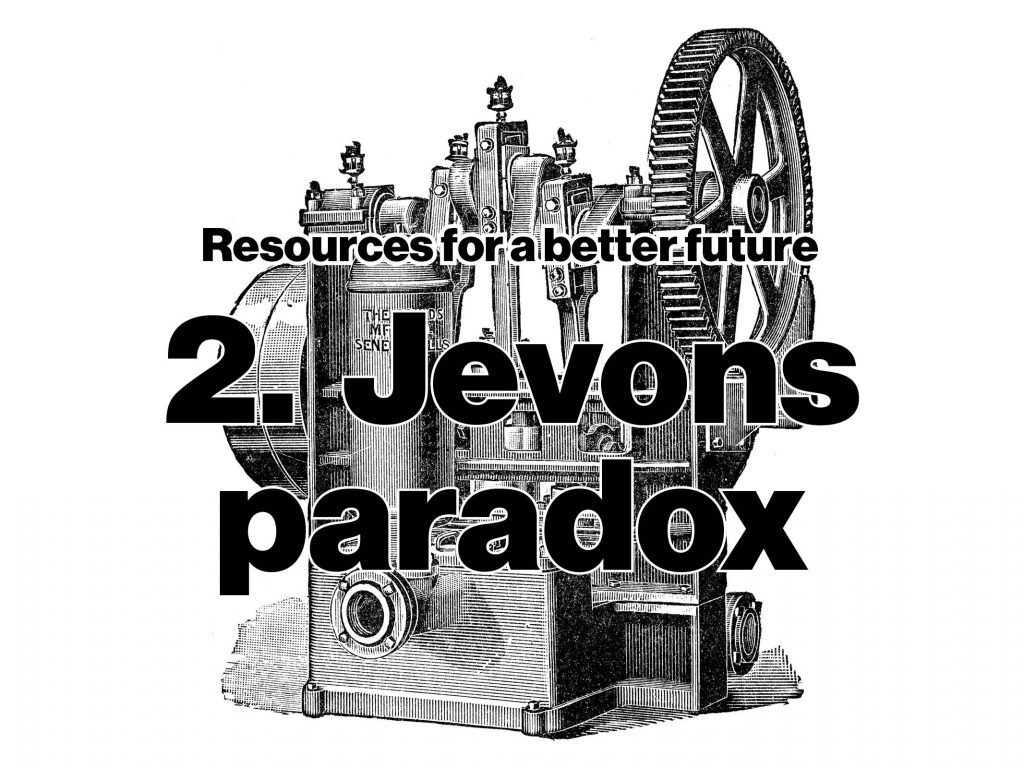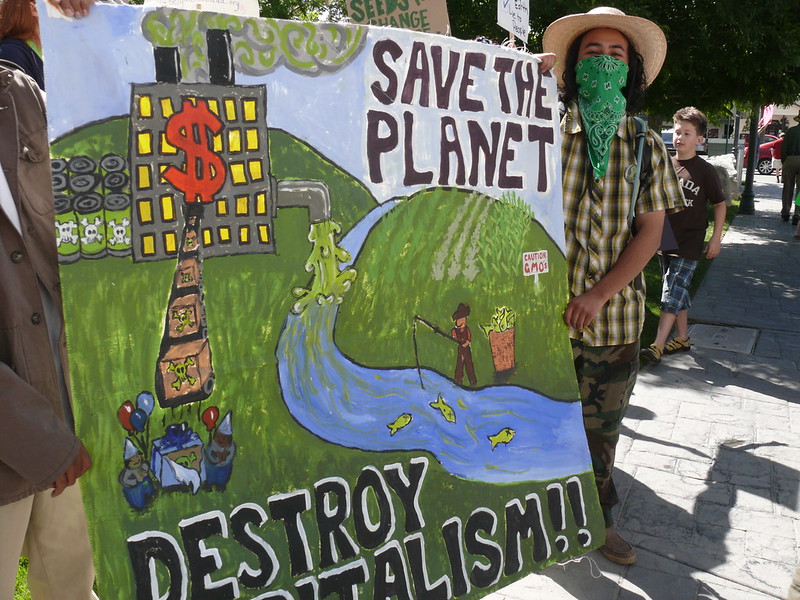
by Aaron Vansintjan
In 1991, economist William Nordhaus argued that 87% of GDP would not be affected by climate change. Why? Most of the economy runs on things like manufacturing, finance, and services—all things that can be done indoors, safe from the weather. Nordhaus won the Nobel Memorial Prize in Economics for this work. This line of argumentation is quite common today. This year alone, three papers published in top economics journals argued that climate change would only reduce global GDP by 4-7%.
I had this research on my mind as our plane lifted off from Vancouver International Airport on Monday, November 22nd at 7am. Sitting comfortably by the window in a 20-person cabin cruising over the Strait of Georgia, we veered off inland, and the rising sun illuminated the flooded rivers and roads below us. Orange and reds set the inundated areas in stark contrast to the brown land around them, highlighting, as if with a filter setting, where natural disaster had taken place.
For almost a week now, the Greater Area of Vancouver, population almost 2.5 million, had been separated from the rest of Canada because flooding and mudslides had ripped away key highways and railroads. 15,000 people were evacuated from their homes, four people and 700,000 farm animals died, there were up to USD 6 billion in damages, and a decline of 1.5% of GDP growth is expected.
A tale of two cities
And yet, the city of Vancouver seemed to be operating as normal the week we were there. Up above, cranes swung wildly, glassy condo towers were being built in fast-forward setting. Unaffected by the deluge, directed by the invisible strings of speculation and investment, developers kept building their vertical mirrors. Stores and billboards advertised wellness and cosmopolitan lifestyles, Hummers and tropical getaways. This city was buzzing along as if there was no flood.
Meanwhile, on the sidewalks and in the alleys, in the parks and in dark corners, a daily calamity of misery reigned amongst the homeless. Vancouver, often ranked as one of the best cities to live in in the world, also has more homeless people per capita than Toronto or Montreal. In 2021, British Columbia saw the highest number of deaths from overdose ever. I knew it was bad, but I didn’t expect the immiseration to be so shocking in contrast to the extreme wealth on display. Vancouver’s soggy wretched underclass seemed to be living in the real city, on which the city of mirrors was superimposed.
Vancouver’s soggy wretched underclass seemed to be living in the real city, on which the city of mirrors was superimposed.
One night, going back to our friends’ place after dinner, we passed by a railroad blockade set up by allies of the Wet’suwet’en. Members of the Wet’suwet’en First Nation are blocking access to the construction of the Coastal GasLink natural gas pipeline on their territory, and were being jailed by the Royal Canadian Mounted Police just as we were eating dinner. We stopped and chatted with the activists there, asking them why they were doing what they were doing. The answer was: solidarity.
It was almost as if, in Vancouver, there were two cities: one visible to the workings of investment and finance: that 87% that seemingly does not get affected by the deluge. The second city was one where catastrophe had already happened: through decades of disinvestment in public housing and healthcare, centuries of land theft and Indigenous genocide.
My trip there was almost an entirely apolitical experience thus far. But seeing the protest, I felt as if it was there that these two cities met. Through blocking railroad access to the Port of Vancouver, these activists wanted the city to witness the calamity taking place on Indigenous land. Their disruption lifted the veil of the city of mirrors for a brief moment, revealing what lay underneath. Ironically enough, the railroad they were blocking was part of the very same network that had been washed away in a mudslide further inland only a week before.
Chokepoints
My partner Ky Brooks and I were in British Columbia visiting family and friends, hopping on the back of a conference my partner organized in Victoria. Little did we know that we would be travelling during a “once-in-every-500-years” flood. But then, who ever knows those things? After spending time in Victoria and Vancouver, we were meant to visit friends in Osoyoos, to the South. That trip was cancelled when it just became too complicated, with no bus routes available. The next step was to visit Ky’s brother, Eliot, in Revelstoke, a mountain town deep in the Rockies. The only way to get there with the current road conditions was in the air.
On landing in Kamloops, a small industrial city, our pilot chatted with a worker at the airport. The woman reported she couldn’t get milk anymore. Later, in town, we talked to our waiter. Gasoline was being rationed. Natural gas prices jumped by 40%. And all that on top of the catastrophic fires last summer in exactly the same region now affected by flooding—a traumatizing event that still scarred many people. And let’s not forget that we are in the middle of a pandemic. Things have been very hard, and the waiter was worried this was only going to make things a lot harder.
The next day, we took a bus to Revelstoke, which picked us up three hours late. The driver was stressed, calling his dispatcher in a panic: “I was lucky today. But anything happens—road conditions, a traffic accident—and it’ll all go down.” When someone getting on the bus started to complain that he was late, he responded brusquely, “we’re in a state of emergency, people.”
We only interact with an economy falling apart through chokepoints—places in the system that are quickly blocked when something unexpected happens.
We only interact with an economy falling apart through chokepoints—places in the system that are quickly blocked when something unexpected happens. As Kim Moody, a labor researcher, explains, “a single glitch in the production or movement of goods due to a shortage of labor or space can disrupt the supply chains crisscrossing the world.” So when the smallest bottlenecks happen in the supply chain, we get 0% milk instead of the 2% we usually buy, get no fries with our burger, forego the kewpie mayonnaise, fly instead of drive, or get on a bus that’s three hours late. Moody goes on: “Speed [in the supply chain] brings greater risks. Floods, power outages, computer glitches, roads in disrepair, labor disputes, or as we have now seen, pandemics and trade problems can bring a just-in-time system to a halt because there is no slack in the system.”
It’s true that the majority of British Columbia’s workforce is in manufacturing, trade, services, and healthcare—all of which happen not to be directly affected by an extreme weather event. And that’s where much of British Columbia’s economic revenue comes from. Yet, though most of British Columbia’s economic product skews toward “indoor” activities, the province and its workforce is indelibly shaped by its extractive industries. It is also one of the world’s top exporters of lumber, and exports large supplies of coal, copper, gold, and natural gas. When these jobs are affected by weather conditions, everyone is impacted. But it goes deeper still: this industry is itself the cause of some of those very same chokepoints that cause a blockage in the economy.
In conversations with strangers, friends, and family in those weeks, we talked about the connections between these different industries and the disaster that had occurred. Those we talked to agreed that logging—the same industry that was threatening old growth forests throughout the province—had ripped the roots from the soil, making mudslides more common. Wildfires had also increased the chance of mudslides, because forest soils become less absorbent after fires—water repels off them like waxed cloth. And that same logging industry had also made wildfires more likely, since loggers will leave behind logs, branches, and stumps that are very flammable.
The connections between industry, climate change, and disaster don’t stop there. Industrial agriculture—which relies on chemical fertilizer and large machinery rather than maintenance of soil quality—leads to soil erosion and, by extension, more flooding. Urbanization into floodplains—driven by the speculation on real estate—further exposes people to deadly flooding. Meanwhile, the violent eviction of Indigenous peoples from their land has meant that Indigenous forest management practices—which involve regular burning of undergrowth—are no longer practiced.
“British Columbia” is an entity built with fossil fuels, dependent on unsustainably managed extractive industries, contingent on the theft of Indigenous land, and greased with the investments from a global market. Like sun rising over flooded land, calamities such as these illuminate the chokepoints between those intersecting dynamics.
Calamities draw attention to the fact that the real city and the city of mirrors are more connected than they might seem. When a calamity falls upon us, those who inhabit the city of mirrors start experiencing the shortages, the misery, the insecurity of the real city. When I saw this disaster play out during our journey, and seeing how it affected those we met, it became tangible how frail this economy truly is.
A disaster-in-the-making
After a week in Revelstoke, we were supposed to leave on Sunday morning at 6 a.m. Instead, after a long night of continuous snow, they closed the highway. Even though the ski hill had just opened for the season the day before, they announced that morning that they would close for the day, citing “historic”, “unprecedented”, and “extreme avalanche hazard”. Eliot, Ky’s brother, spent the day working as an avalanche patroller, triggering avalanches on the ski slope. He told us he had never seen anything like it. When they opened the highway at 3 p.m. we were in a pick-up truck, driving at a snail’s pace through Rogers’ Pass, in road conditions at the edge of impassable. Thanks to our excellent driver, Ren, we made it safely through to Calgary, where we were staying with friends for two nights before going home. All in all, we were glad that we had gotten through the journey safely, and that everyone we know was okay.
On November 30, we boarded a flight from Calgary to Montreal. When I was looking out from my window once again, what I saw was not a city, but straight lines of asphalt and concrete. Barely any sidewalks to speak of, row after row of suburban homes only accessible by car. Parking lots, driveways, highways, SUVs and trucks. Calgary’s wealth comes from the tar sands, but it is also the nation’s capital of homelessness, with a higher percentage of homeless people than any of Canada’s large cities.
Economists like William Nordhaus can only see certain parts of what makes up our world.
Flying over the edge of the city, I spotted a small futile nest of wind turbines. These only seemed to rub it in more: there was no way this city could exist without oil and the infrastructure it depends on—from the tar sands to highways to financial centers. Though it seems so solid, there is so much here that could break—the smallest crack in a supply chain, a highway swept aside by the rain.
Economists like William Nordhaus can only see certain parts of what makes up our world. For them, the economy looks like a global meshwork of exchange, woven according to the rules of supply and demand, strung together by individual rational choices and creative adaptation to crisis. The implication is, of course, that the system itself will withstand, and solve, any problem it faces. But what they don’t see is that their world exists like a net on top of another one—a material world, already suffused with calamity, already frail, already buckling under pressure.
The world we live in is a disaster-in-the-making. Its weave is held together in chokepoints that, with one 500-year-flood, can easily be washed away. Those who continue to practice faith in this frail world can’t see the relationships that make it possible, the knots that, when undone, unravel the whole thing.
It is up to those of us who can see the fragility of the world, and cannot abide by it, to put a stop to the calamity awaiting us. To do so, we’d need to cut ourselves loose from the net, while tending to our broken relationships, and forging new ones.
Thank you to Susanna Klassen for the edits and feedback.
Aaron Vansintjan is an editor of Uneven Earth and writes about cities, food, ecology, and science fiction.



